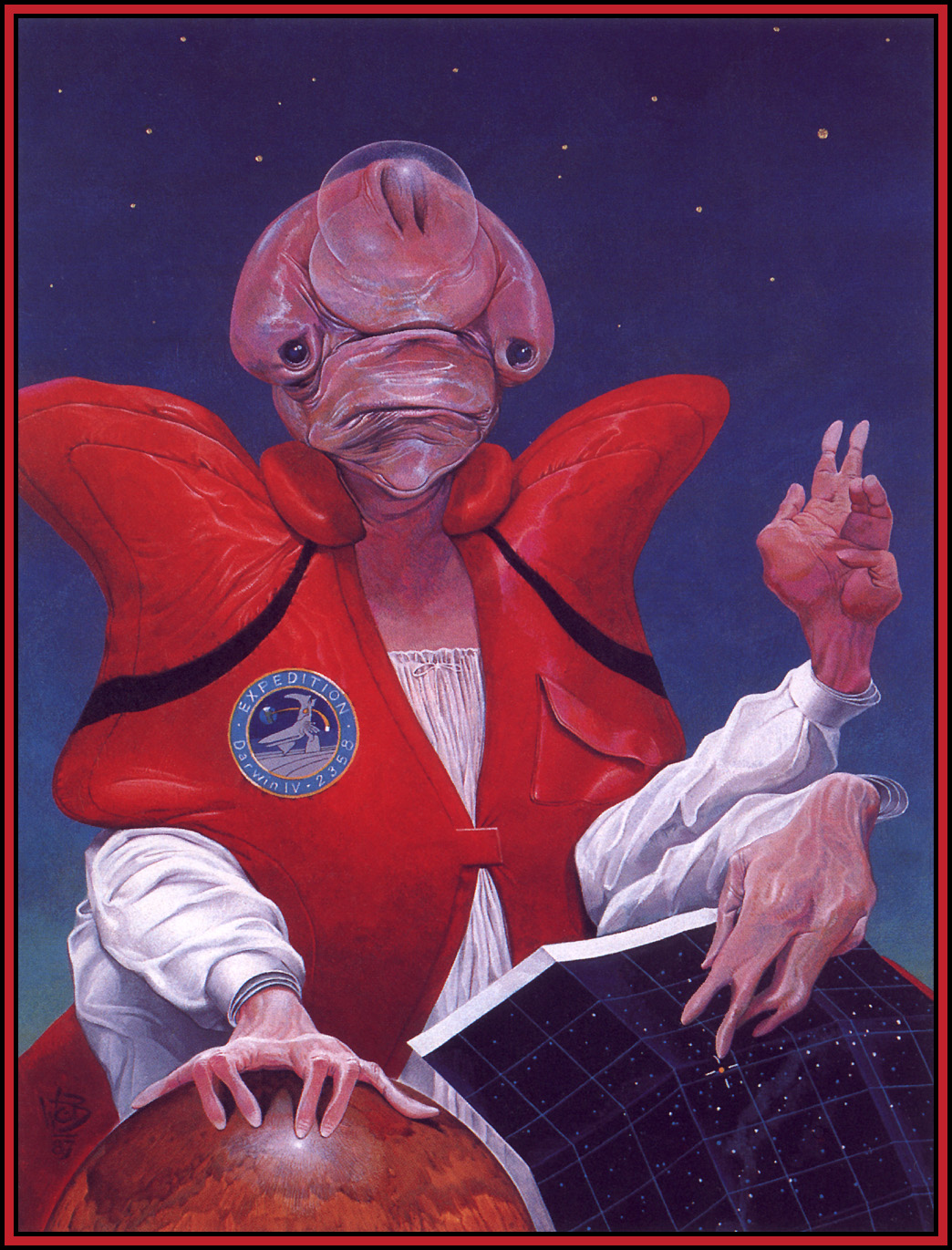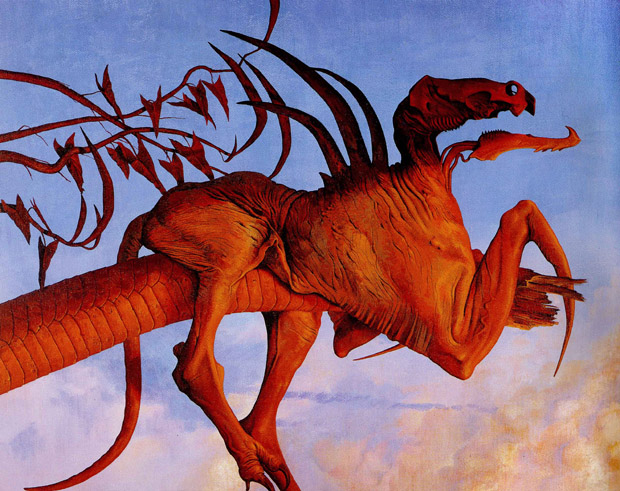


Presented as a collection of field notes, journal entries, and paintings in his distinctive style, it chronicles a human crew’s visit to the planet Darwin IV in the year 2358, encountering a wide variety of strange organisms and trying to avoid having any lasting impact on the natural environment of this sometimes deadly planet. Depicting alien species from various works of sci-fi in the format of a biological field guide, attempting to make them all look like real believable lifeforms, this book was a huge success at the time and eventually had a fantasy-themed sequel in 1996, Barlowe’s Guide to Fantasy.īut it was his 1990 book Expedition that helped define the alien side of the modern speculative evolution movement. Starting off illustrating the covers of science fiction novels, his first major project was Barlowe’s Guide to Extraterrestrials in 1979.

The After Man trilogy and The Future Is Wild might be the most well-known Earth-based works of speculative evolution, but for extraterrestrial life one of the most famous names is the American artist Wayne Douglas Barlowe.


 0 kommentar(er)
0 kommentar(er)
